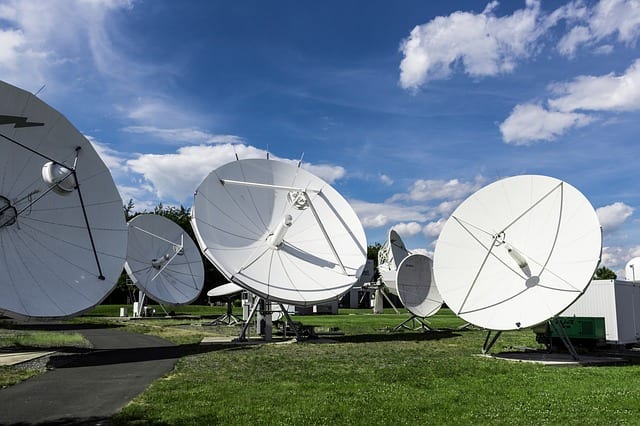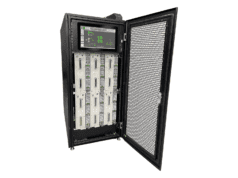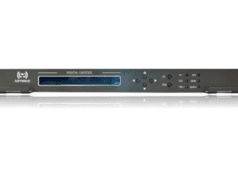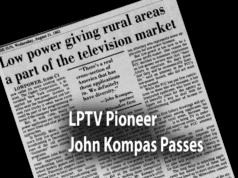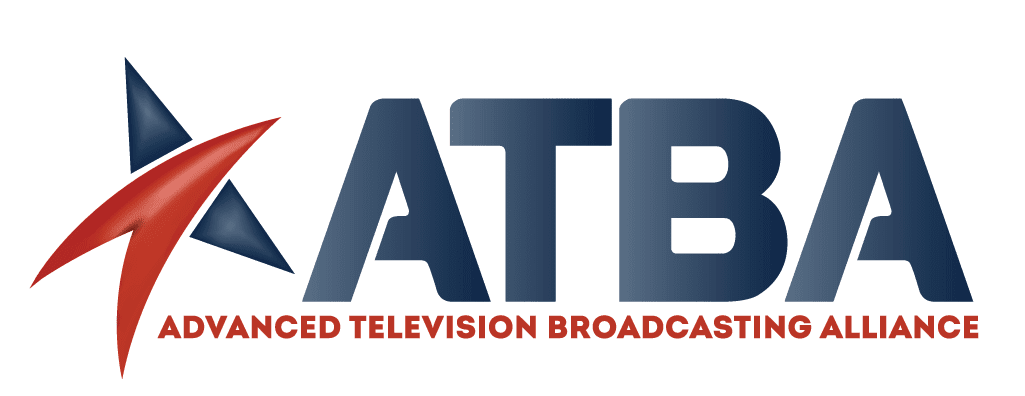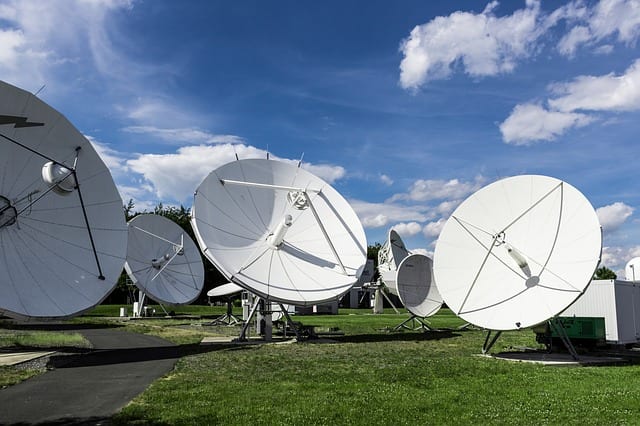
The launch of the new ATSC 3.0 standard in the U.S. represents a landmark development in the transition towards a new digital standard, carrying with it an array of opportunities for broadcasters and consumers alike. Today, there are over 118.4 million TV owners in the U.S.[1], 86% of which subscribe to a traditional pay TV service or use digital broadcast antennas, compared with only 11% of OTT-only-households[2] – confirming the ongoing demand for traditional TV regardless of competition from other digital channels. Nonetheless, with OTT providers having significantly shifted market dynamics over the last few years, the latest version of the Advanced Television Systems Committee standards will provide broadcasters with a new set of tools to compete in an increasingly busy arena. Combining antenna-based TV, also known as over the air (OTA), and in-home broadband, ATSC 3.0 delivers an experience closer to cable or satellite, with greater choice and control for viewers – hence bringing broadcast TV up to speed with the modern OTT era. By linking their linear offerings to the personalization and flexibility that comes with ATSC 3.0, cable providers who are ready to fully embrace OTT can also derive significant advantages from the shift and be a part of the living room revolution that viewers want.
As the ATSC 3.0 standard marks a turning point in the television experience, we examine the main trends and developments that will shape the future of U.S. TV, as enabled by hybrid TVs. More than offering better picture quality, including 4K and UltraHD HDR,[3] ATSC 3.0 introduces innovative advantages to broadcasters while radically improving TV content delivery, interactivity and usability for consumers. Developed by industry leaders to effectively manage the sheer amount of available content, the ATSC 3.0 specification will integrate improved user interfaces. This includes program guides that facilitate channel navigation by allowing users to scroll through available programs without having to change the channel. Other options for interaction include multi-user quizzes, for example, where users can play against other ATSC 3.0 viewers.
Globally, the advent of ATSC 3.0 will also see greater attention attributed to viewer preferences, as a means to deliver targeted content, reduce channel switching and improve channel stickiness. This can take the form of lower-screen snipes, for example, which provide additional information to TV spectators. More concretely, it can display extra details on a program, sports statistics or the release date for an upcoming series. Viewers may also be prompted to watch a second episode of their binge-worthy show only seconds after last episode’s final cliff-hanger. This technique for audience captivation is famously utilized by many OTT providers, but has been technologically out of reach to broadcast providers until now. With ATSC 3.0, next gen TV broadcasters will now also be able to take full advantage of targeted content based on viewer’s tastes in order to suggest other relevant programs and keep audiences engaged.


